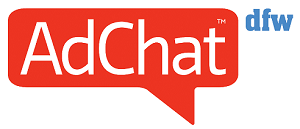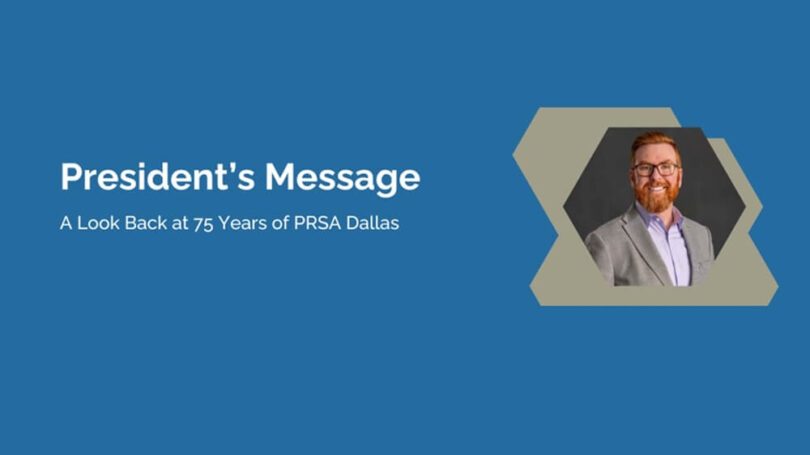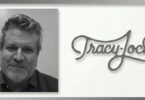Source
This year marks the 75th anniversary of PRSA Dallas, something we’ve highlighted on social media and will celebrate more extensively at the Pegasus Awards on Friday, Nov. 14 – so if you haven’t registered yet for “Diamonds Over Dallas,” it promises to be a fun and glamorous evening.
For the purpose of my October blog, I would like to reflect on how far our industry has come since 1950, but given I’ve only been practicing PR for 17 years, I’m going to have to rely on Google, Wikipedia, the PR Museum, and the history I learned when studying for the APR a few years ago.
The same year our chapter was founded is also known in PR history as our “Age of Enlightenment.” This period marked a shift from the publicity, propaganda, and spin approach of early PR practitioners, like P.T. Barnum, Ivy Lee, and Edward Bernays to a more professional and ethical approach.
PRSA created the Code of Professional Standards and Code of Ethics in 1950, which were the first steps to establishing ethical standards. Applying ethics to the practice of public relations has been part of our chapter’s foundation since year one.
Today, our chapter integrates the PRSA Code of Ethics into our strategic plan as well as our programming and educational opportunities. It also guides our chapter’s bylaws to ensure ethical governance.
The 1950s also marked a change from PR as primarily media relations to a broader and more strategic understanding of how to build and maintain relationships with our publics. Reputation and brand management showed the importance of PR to not only an organization’s operations and sales, but to its long-term sustainability and ability to weather a crisis.
The early part of my career was heavy on media relations. There are few things more exciting in our industry than securing the front page of the paper or scoring a huge TV placement, but media relations is just a shiny toy that quickly dulls if we don’t properly integrate it into an integrated PR and communications plan consistently incorporating a variety of strategies and tactics that continue to engage current and future stakeholders across a multi-channel approach (apologies for the run-on sentence).
Just like with ethics and professionalism, our chapter has focused on a diversity of programming and professional development opportunities for 75 years. We want to highlight all the different paths and fields within our own industry by creating opportunities for knowledge sharing and learning. And our boards absolutely read your survey feedback to see what areas we might focus on more in the future, like internal comms, event planning, and social media.
Our chapter of public relations professionals was only eight years old when Jack Kilby created the world’s first integrated circuit while working in a Texas Instruments laboratory. And we were just 13 years old when President John F. Kennedy was assassinated in downtown Dallas, 24 when DFW Airport opened as the largest airport in the world (based on land), 66 when five police officers were shot dead during a protest by a gunman, and 70 when we all were sent home from work and school due to the COVID-19 pandemic.
I would like to believe that through all those important moments in Dallas history, the city’s PR practitioners were guided and supported in their planning and responses by PRSA Dallas in the same way I rely on our chapter each day to ensure I’m continuing to improve as a PR professional.










